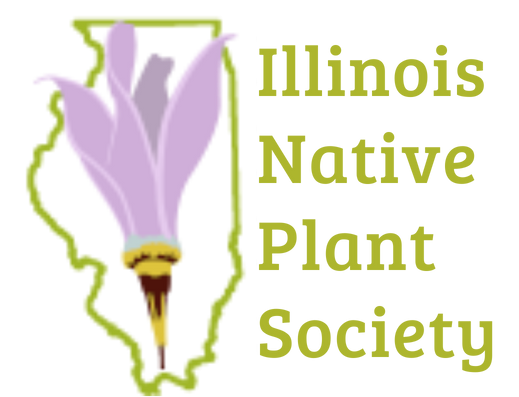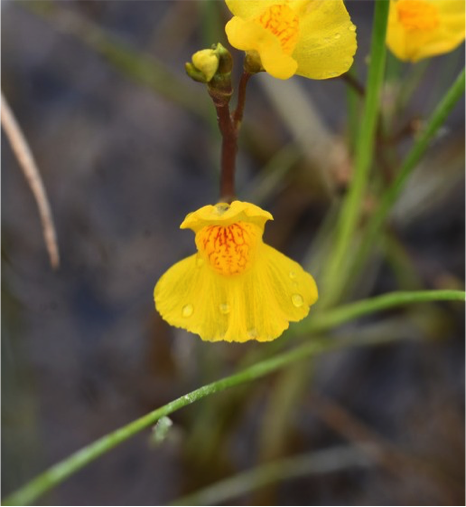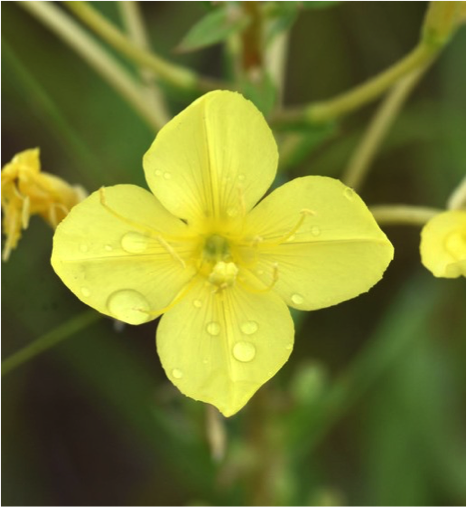Mid-Summer Field Trip to Montrose Beach Dunes: Plants (Almost) Upstaged by Piping Plovers

Sixteen participants had the great privilege of visiting Montrose Beach Dunes on July 16 under the guidance of its longtime and very knowledgeable site steward. Montrose Beach Dunes development began in the early 1990s when Lake Michigan’s water level dropped to a historic low, creating a much wider beach soon colonized by plants such as Cakile edentula (sea rocket) and Juncus balticus var. littoralis (lakeshore rush), a species not seen in Chicago in over half a century. Ammophila breviligulata (marram grass) soon followed, and low dunes began to form from sand deposited by long-shore currents. Since then, many dune and swale (panne) species have volunteered on the now 11-acre site, and a number of high quality foredune species have been introduced from similar habitats in the Indiana Dunes.
Owned by the Chicago Park District and managed primarily by volunteers, the site received formal protection in 2001 and was placed on the Illinois Natural Areas Inventory in 2005. It features dunes, swales, and a globally imperiled, interdunal alkaline wetland type called a panne. Only a unique set of plants can tolerate this environment, many of them rare. Currently 26 state-listed species occur at Montrose Beach Dunes, many of which have been monitored by Plants of Concern (Chicago Botanic Garden). Illinois Natural History Survey botanists have established permanent transects to follow the changes in plant and community composition over time.
Despite the timing of our tour (between spring and summer blooms) and the fact that the wetland areas were flooded and inaccessible due to almost record high lake water levels this year, we were still able to experience wonderful flora and fauna.
From behind ropes blocking flooded trails, we marveled at hundreds of Utricularia macrorhiza (great bladderwort) floating in dramatic yellow clouds over flooded swales. We also viewed Lysimachia quadriflora (narrow-leaved loosestrife), Arabidopsis lyrata (sand cress), Oenothera clelandii (sand evening primrose), Monarda punctata (horse mint), and Argentina anserina (silverweed), as well as the sand-binding Ammophila breviligulata (marram grass), Calamovilfa longifolia (sand reed), and Koeleria cristata (June grass). Several federal and state endangered species, many of them unique to beach and dune/panne habitats, caused appreciative “oh wows.”
The true highlight of our tour, totally unexpected when we planned this date, was the excitement over seeing the federally endangered Piping Plovers, Monty and Rose, brooding their four eggs. Piping Plovers had been regularly seen at the dunes during migration, and in 2018 one young plover broke the state record and stayed at the dunes and Montrose Beach for three months. This year, Monty and Rose arrived and successfully nested amidst many challenges on the busy beach, including renesting after their first nest was flooded.
The dune habitat, which had been closed since the chicks hatched, was reopened to the public in time for the site’s spectacular show of late summer forbs including four Lobelia species (among them the rare L. kalmii (bog lobelia), several Agalinis species (including purple false foxglove), Parnassia glauca (grass of Parnassus), Oligoneuron riddellii (Riddell’s goldenrod), Oligoneuron ohioense (Ohio goldenrod), and many others. INPS members will find Montrose Beach Dunes a trove of botanical treasures. At 11 acres, it is a manageable hike with well-defined trails, but those with botanical curiosity can easily spend hours exploring and identifying hundreds of plant species. We haven’t even mentioned the sedges!




